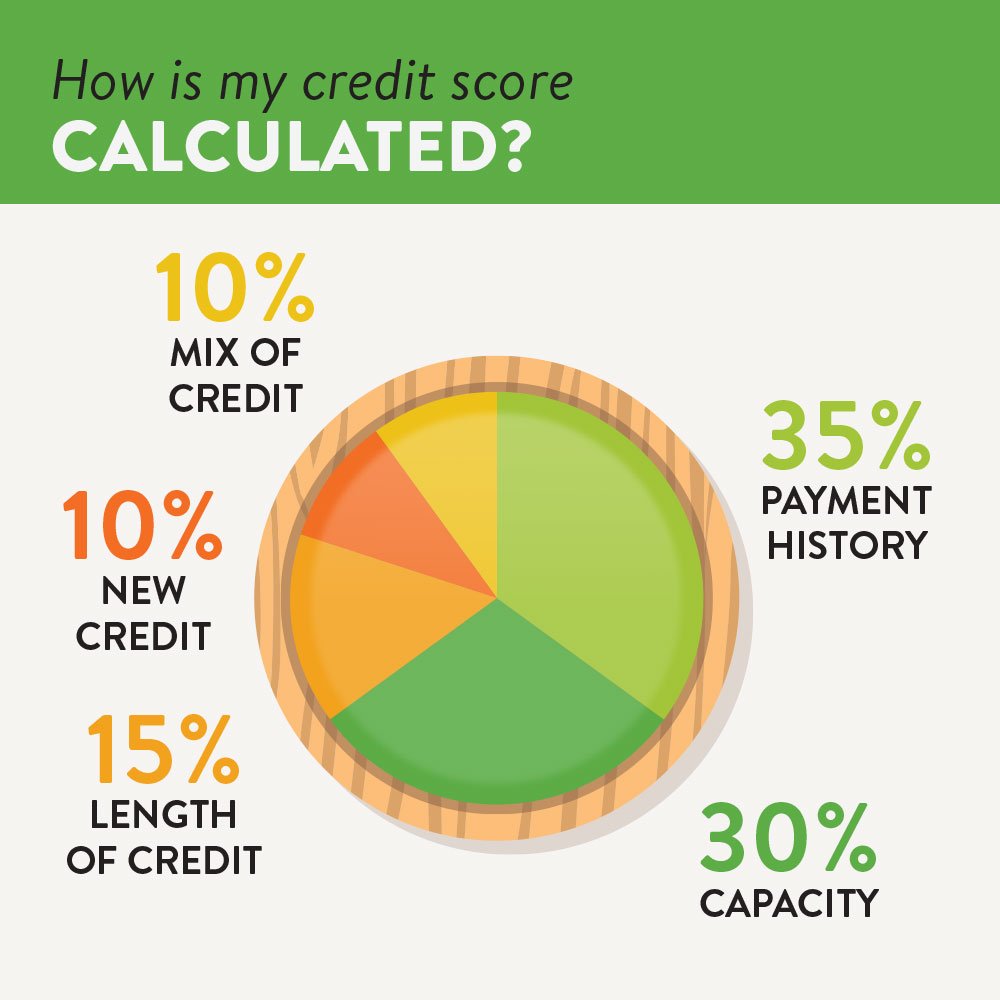
FICO scores provide a good indicator of a person’s credit rating. They are used by creditors to look at existing debt and income. A higher credit score can give you more options and lower interest rates. Your credit score may also be used by landlords and utility companies. If you don’t have a high credit score, it may be necessary to increase your score to get a loan.
Payment history
One of the most important factors that will determine your credit score is your payment history. It is a record of when you have paid a debt and how much you owe. As time passes, any negative entries from your past will fade. The latest FICO model also includes trended data from the past 24 months, which can help lenders determine if you're likely to pay your debt in full.
The payment history refers to the payment history for all accounts. It gives lenders a snapshot about your repayment behavior. Missing a payment or sending one to collections can really damage your credit score. Lenders view you as a high risk borrower if your payments are not made on time.
Accounts owing
Your credit score is directly affected by the number and type of accounts you own. This category makes up about 30% of your total score and is directly affected by new credit card accounts. It also includes the types of accounts you have and their balances. The greater your chance of being overextended the more accounts that you have.

You can improve your credit score by paying off your debt. Credit scoring models consider many factors when determining a person’s credit score. A high amount of debt does not automatically make you a higher risk. However it can make it more difficult that you meet your monthly obligations.
Credit history length
Your credit history is an important factor in determining your credit score. Your credit score includes the age of each account as well as its length. A minimum of six months is a good time to have a credit history. Your credit history will be shorter if you open a new account.
FICO uses the average credit age of all your accounts to calculate your credit history. This figure is calculated by adding the ages of each account and dividing them by the total number of accounts. Credit accounts have an average age of 8 years. When calculating your credit history, it is also taken into account the duration of each account and the time since their opening. FICO doesn’t disclose these factors.
New credit
Your FICO score will take into account recent activity, such as the time you have been applying for credit and having new accounts. Lenders might also consider how long it has been since you applied for a new loan. This could affect your score a bit. The type of activity that affects your score depends on the type of account you apply for and the amount of credit you are applying for.
There are two options to improve your credit score. You can pay your bills on schedule and use available credit responsibly. Check your credit report first. It takes less than two days to get your credit reports. Another way to monitor your credit is by setting up due-date alerts on your credit card bills. While this can be time-consuming, it is an excellent way to improve credit scores.

VantageScore
VantageScore was introduced in 2006 and is a credit scoring system. It is based on credit reports, just like FICO. However, VantageScore is different in how the credit score is calculated. FICO is based on data from the credit agencies, while VantageScore relies upon data about consumer behavior over two years. Consumers should understand how VantageScore score and FICO scores are different and how they interact.
VantageScore has its advantages and disadvantages. It is easier to compare and understand. Equifax Experian and Transunion designed the VantageScore System with the goal to be consistent, understandable, and simple. It also uses letters rather than numbers.